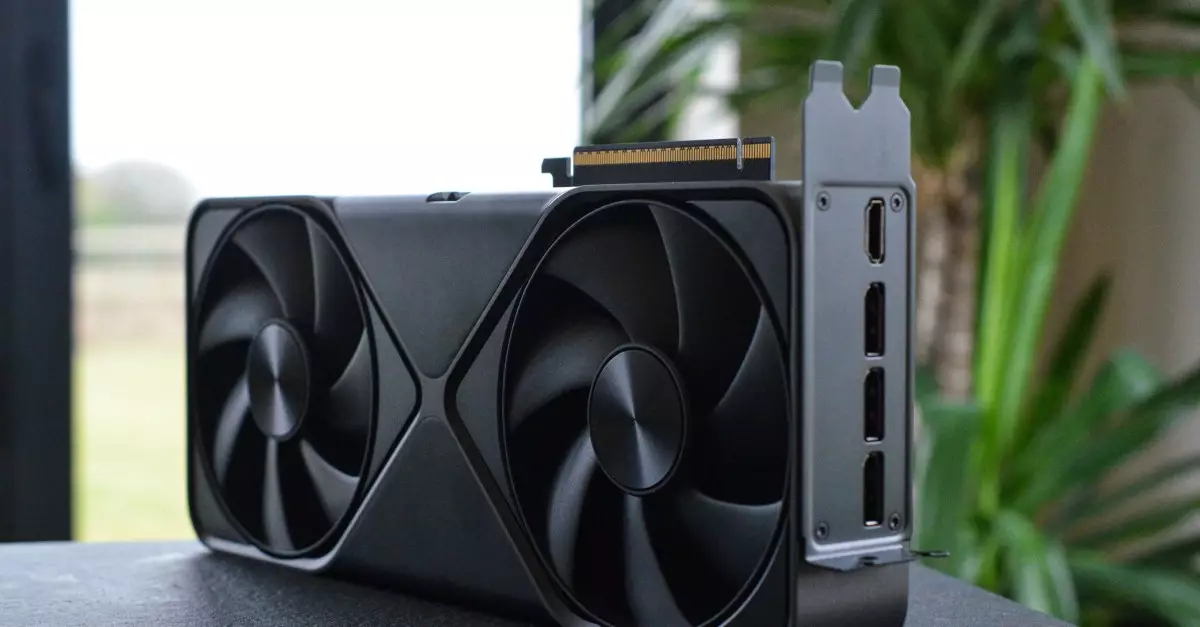In a much-anticipated launch, Nvidia unveiled its RTX 5090 graphics card with a jaw-dropping price tag of $1,999. However, the excitement quickly turned to disappointment as reports from various retailers indicated that stock levels were alarmingly low. This situation has led many avid gamers and tech enthusiasts to label the launch as a “paper launch,” highlighting the disparity between Nvidia’s promotion of the product and the actual availability in stores.
A number of retailers have begun to caution consumers about the delayed availability of RTX 5090 cards, with some not expecting to have stock until April or May. This has amplified frustration for those who eagerly awaited this upgrade. The situation seems particularly dire across the United States, where dedicated shoppers have resorted to standing in long lines only to be met with disappointment. Reports indicate that some Micro Center locations opened their doors to eager customers but had little to no inventory to offer.
Feedback from online communities has revealed the level of desperation among consumers. Reddit threads are overflowing with accounts of individuals camping out at stores, only to discover that other locations had received even fewer units. The Micro Center in Tustin, California, reportedly managed to get a more significant shipment, but other branches struggled to provide even ten cards. While some individuals succeeded in acquiring an RTX 5090 after enduring a grueling wait, many more left empty-handed, leading to an avalanche of complaints about the launch.
The scarcity of RTX 5090 cards has paved the way for scalpers, with listings on platforms like eBay skyrocketing to exorbitant prices of $5,000 and above. In several high-profile instances, influencers and tech reviewers reported astonishing prices for these cards, one being listed at an eye-watering $5,800 shortly after its launch. This practice of scalping not only frustrates genuine gamers but also raises significant questions about the ethics surrounding product launches in the tech industry.
Compounding the woes, large system integrators also reported dismal stock levels on launch day. Some received as few as one card, while others reported entirely missing shipments. This reality starkly contrasts with the hype that Nvidia has built prior to the launch, deeply impacting consumer trust and market dynamics. As the demand continues to outstrip supply, retailers are adapting by placing preorders even for future stock, leaving a bitter taste in the mouths of many who feel misled.
As Nvidia’s RTX 5090 falters amidst acute shortages and rampant scalping, the tech community is left questioning the future of graphics card availability. With many consumers unable to purchase a product they were led to believe would be accessible, the importance of balanced and realistic marketing is clear. Moving forward, the industry must learn from this debacle to ensure better stock management and consumer interaction to avoid a repeat of this situation. The launch has served as a wake-up call that supply constraints must be adequately addressed to meet the high expectations of both the company and its consumers.

